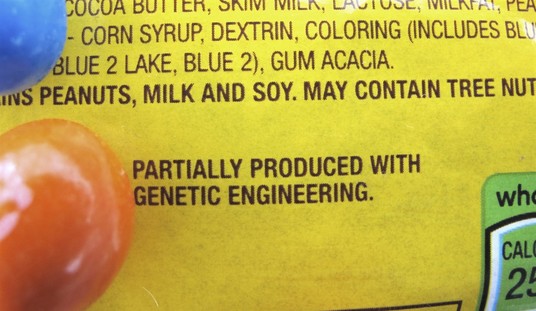Reader Garrett Banse, with whom I used to correspond way back when on Fidonet, forwards this Google-cached NASA report:
Mimicking a Space Shuttle launch profile, an F-15B research aircraft based at NASA Dryden flew a series of missions to evaluate the dynamic response characteristics of the new insulation material. The Shuttle External Tank Experiment involved six research flights over a two-week period by Dryden’s F-15B in partnership with NASA’s Marshall Space Flight Center, Huntsville, Ala., and the Michoud Assembly Facility near New Orleans, La.
…
The experiment was part of an effort to determine why small particles of spray-on foam insulation flaked off of the inter-tank section of the external fuel tank on Space Shuttle mission STS-87 as the Shuttle ascended. The new lightweight insulation material was developed to comply with an EPA mandate to reduce ozone-depleting chemicals released into the atmosphere. Although such flaking or erosion of the insulation off the external tank posed no safety hazard to the Shuttle or its crew, engineers wanted to determine its cause to prevent future maintenance and operational problems. The flights aboard Dryden’s F-15B were just one of many tests to which the new insulation material is being subjected.
Initial results of the flight tests at Dryden, which were designed to replicate the pressure environment the Shuttle encounters in the first 65 seconds after launch, indicate the new foam survived the tests in perfect shape, with no evidence of flaking or erosion found.
Garrett adds:
I don’t have time at the moment to research whether shedding foam occurred with any regularity prior to the change in foam mandated by the EPA, but it would be interesting to find out.
He notes that the press release is no longer on NASA’s website. Anyone know anything about this?










Join the conversation as a VIP Member